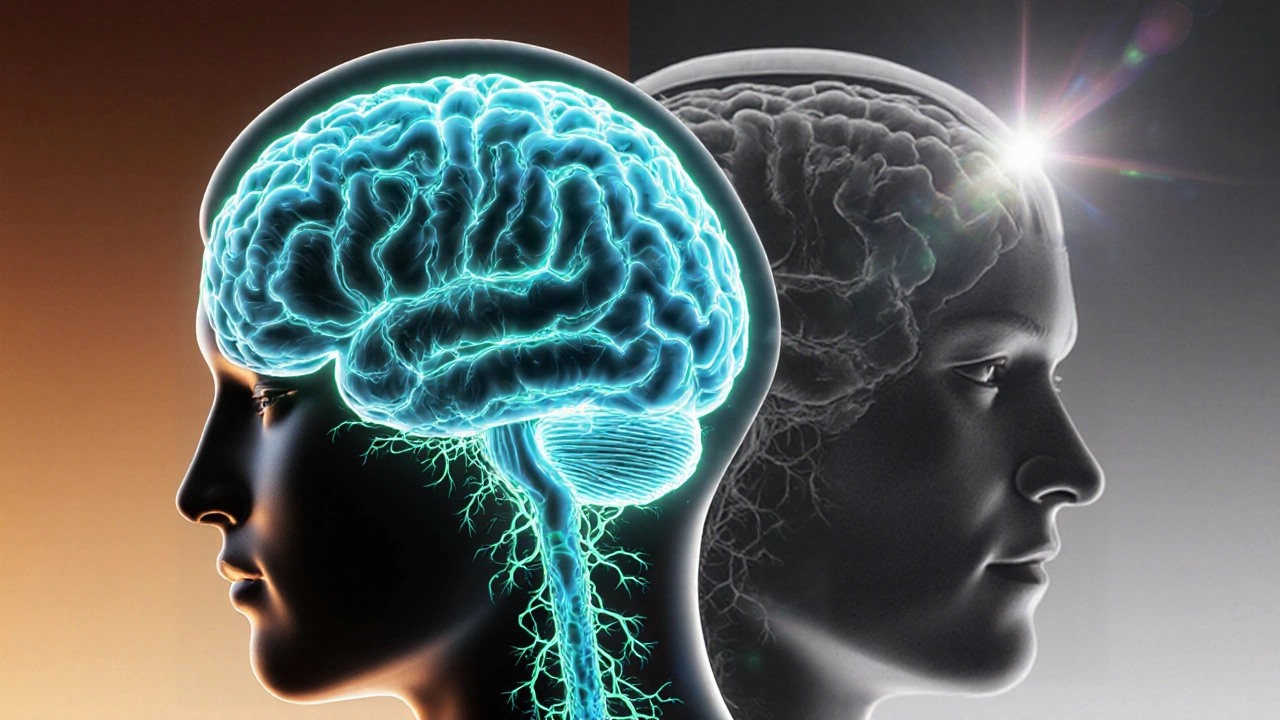Growth vs Fixed Mindset Quiz
Select the mindset that best describes each scenario to see how your thinking patterns shape your outcomes.
Growth Mindset
Believes abilities can be developed through dedication and effort. Views challenges as opportunities to grow.
Fixed Mindset
Believes talents are innate and unchangeable. Sees setbacks as reflections of personal limitations.
After failing a test, I decided to study harder and try again.
I’m not good at math, so I won’t even try to improve.
I failed at public speaking last week, but I’ll join a club to practice regularly.
I’ve always been bad at sports, so I’ll never get better at it.
I love learning new things and don’t mind making mistakes along the way.
Your Mindset Analysis
Tip: To develop a growth mindset, focus on effort, embrace challenges, and view failures as learning opportunities.
Ever wondered why some men seem to bounce back from setbacks while others stay stuck? The answer often lies not in talent alone, but in the way they think about ability and effort. This article unpacks the two dominant mindsets, shows you the science that backs them, and gives practical steps to cultivate the mindset that fuels lasting success.
Key Takeaways
- A growth mindset views abilities as developable, leading to greater resilience and achievement.
- A fixed mindset assumes talents are static, which can limit learning and increase fear of failure.
- Neuroplasticity shows the brain can rewire itself, supporting the growth perspective.
- Specific habits-goal setting, purposeful self‑talk, and emotional intelligence-help shift toward a growth outlook.
- Both mindsets have a place, but aligning your dominant approach with your goals maximizes performance.
Defining the Contenders
Growth Mindset is a belief that abilities can be developed through dedication and effort. Those who adopt this view treat challenges as opportunities and view effort as the engine of mastery.
Fixed Mindset is a conviction that talent and intelligence are innate and unchangeable. With this lens, setbacks feel like personal flaws, and success is often linked to proving inherent worth.
The Science Behind the Stories
Modern neuroscience backs the growth perspective. Neuroplasticity refers to the brain's ability to reorganize its structure and function in response to learning and experience. Studies from Harvard and Stanford demonstrate that deliberate practice can physically alter neural pathways, proving that skills are not fixed at birth.
Conversely, a fixed mindset can trigger the brain's threat circuitry. When individuals perceive a challenge as a judgment of innate worth, the amygdala fires, inhibiting prefrontal planning and reducing motivation. Over time, this response can cement avoidance habits.

Practical Implications in Everyday Life
Understanding the mindset split is useful, but translating it into daily habits is where the real gain happens. Below are four pillars where mindset shows up most clearly.
- Goal Setting: Growth‑oriented men set process‑focused goals-"improve my presentation skills"-instead of solely outcome‑based targets. This encourages steady progress and reduces pressure.
- Self‑Talk: The inner dialogue of a growth adherent frames errors as "learning moments". A fixed thinker, however, might label the same slip as "I’m incompetent".
- Resilience: Resilience is the capacity to recover quickly from difficulties. A growth mindset fuels resilience by normalising struggle as part of growth.
- Emotional Intelligence: Emotional Intelligence encompasses awareness of one's own emotions and those of others, and the ability to manage them effectively. Those with a growth outlook are more likely to seek feedback, a key EI skill.
How to Shift Toward a Growth Outlook
- Identify Fixed Narratives: Write down statements you often tell yourself (e.g., "I’m just not a numbers person").
- Reframe with Evidence: Replace each with a growth‑based version, adding a concrete plan ("I can improve my analytics by completing a weekly data‑analysis module").
- Embrace Deliberate Practice: Choose a skill, break it into sub‑tasks, and schedule focused repetition. Track progress weekly.
- Seek Constructive Feedback: Approach mentors or peers, asking for one specific area to improve.
- Celebrate Learning, Not Just Wins: After a project, note three lessons learned regardless of the outcome.
These steps hinge on the belief that effort reshapes ability-a premise reinforced by neuroplasticity research.
Choosing the Right Mindset for Different Contexts
Neither mindset is an absolute good or bad; they serve different purposes. For high‑stakes negotiations, a fixed confidence in one’s expertise can project authority. Yet, after the deal, a growth approach helps analyse what could be refined for the next round.
In personal health, a growth mindset encourages experimentation with diets and training regimes, acknowledging that the body adapts over time. Conversely, a fixed view may cause one to abandon effort after a single setback.
In leadership, blending the two works best: maintain a core belief in your competence (fixed) while staying open to learning and development (growth). This hybrid strategy fosters both credibility and adaptability.

Quick Comparison
| Aspect | Growth Mindset | Fixed Mindset |
|---|---|---|
| View of Ability | Developable through effort | Innate and static |
| Reaction to Failure | Learning opportunity | Proof of inadequacy |
| Approach to Challenges | Seek them out | Avoid them |
| Typical Outcomes | Continuous improvement | Plateaued performance |
Final Thoughts
Choosing a mindset isn’t a one‑off decision; it’s a daily practice of aligning belief with action. By understanding the underlying science, observing how the mindset manifests in goal setting, self‑talk, resilience, and emotional intelligence, and applying the five‑step shift process, you place yourself on a trajectory of purposeful growth.
Reflect tonight: Which narrative is steering your choices? If the answer leans toward static ability, consider swapping just one phrase tomorrow and watching the ripple effect on your confidence and results.
Frequently Asked Questions
Can a man have both mindsets at once?
Yes. Many adopt a hybrid approach-using fixed confidence in areas of proven strength while applying a growth outlook to develop new skills. The balance shifts with context and personal goals.
How long does it take to rewire the brain for a growth mindset?
Neuroplastic change varies, but research shows measurable neural adaptation after 6-8 weeks of consistent, deliberate practice. Patience and regular reinforcement are essential.
Is there a risk of over‑optimism with a growth mindset?
When unchecked, excessive optimism can blind you to realistic limits. Pair growth belief with honest self‑assessment and data‑driven feedback to stay grounded.
What role does feedback play in developing a growth mindset?
Feedback is the catalyst for adjustment. It provides the external signal needed to refine practice, confirming that effort translates into improvement.
Can mindset affect career advancement?
Absolutely. Professionals who view challenges as learning opportunities tend to acquire new competencies faster, garner respect for their adaptability, and are more likely to be considered for leadership roles.

